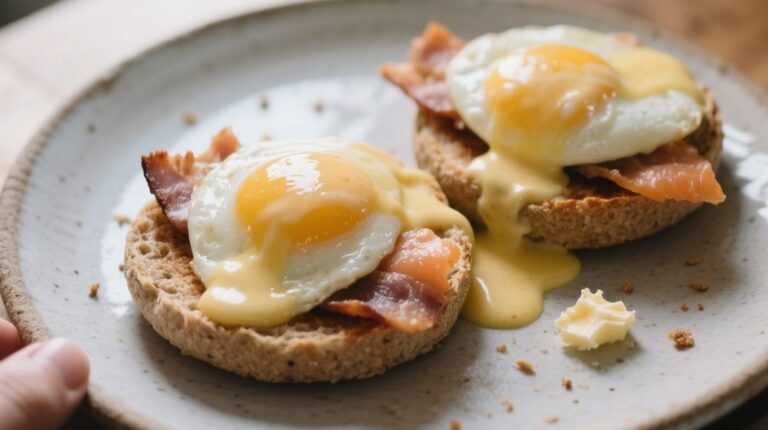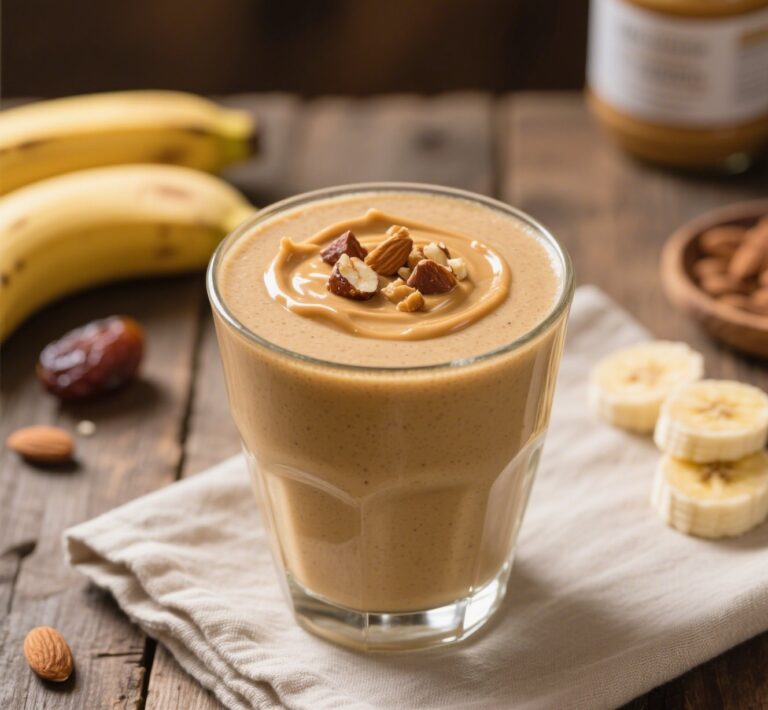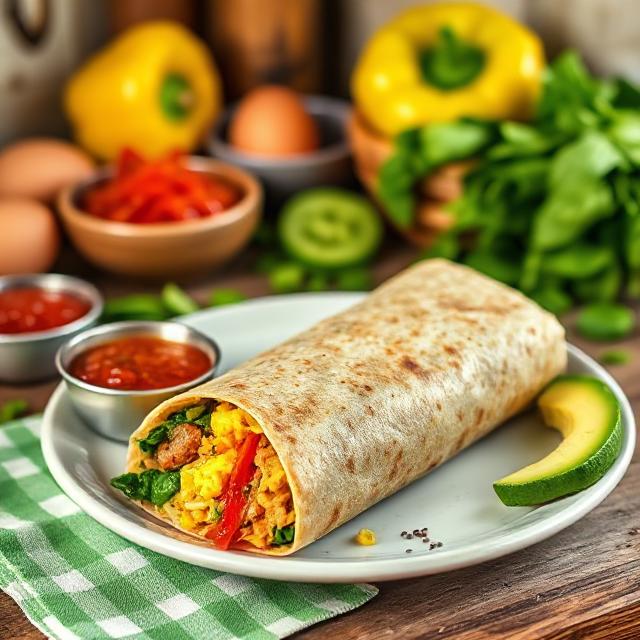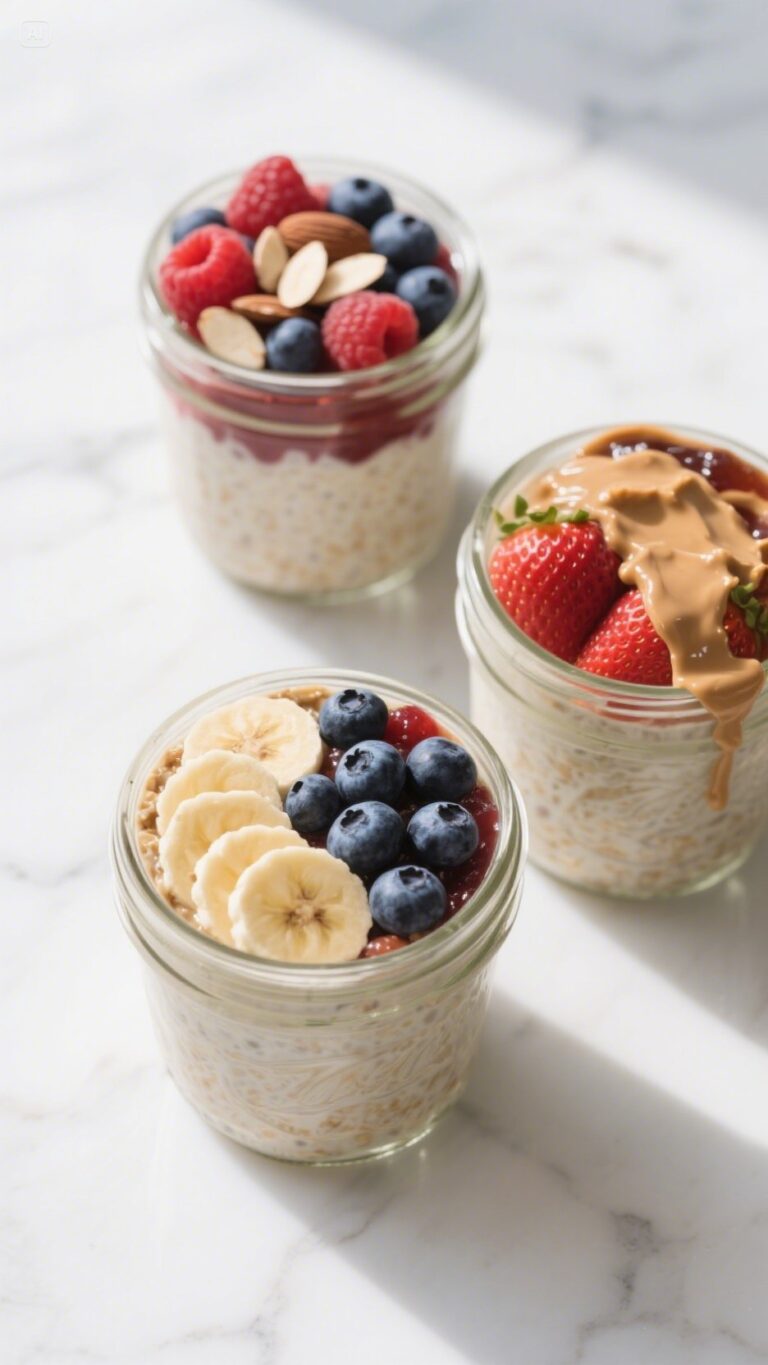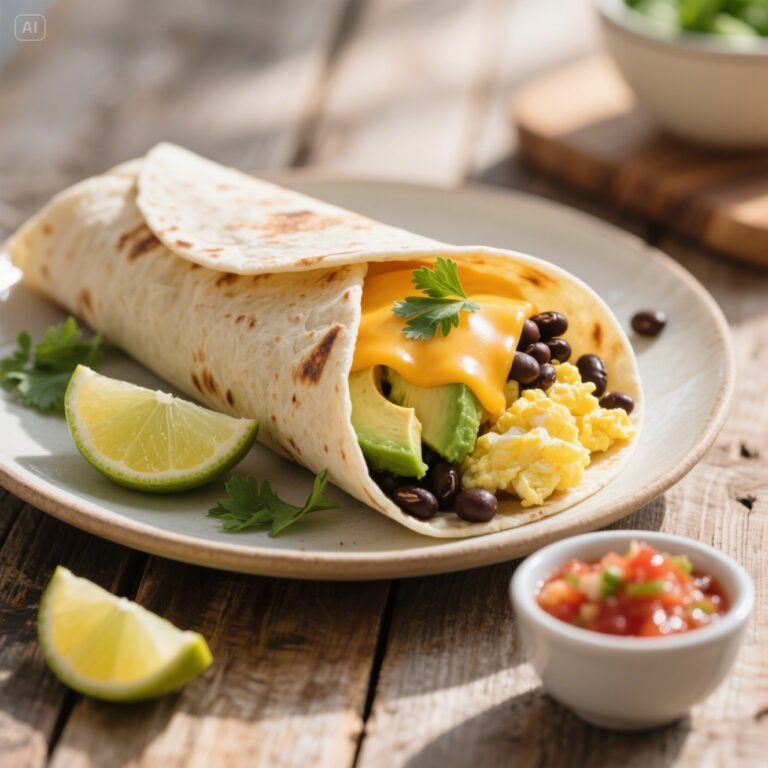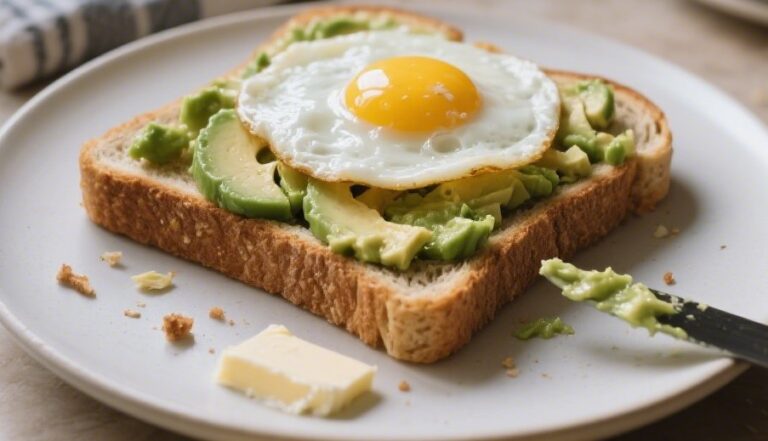American Pancakes: The Ultimate Guide to Fluffy, Homemade Goodness
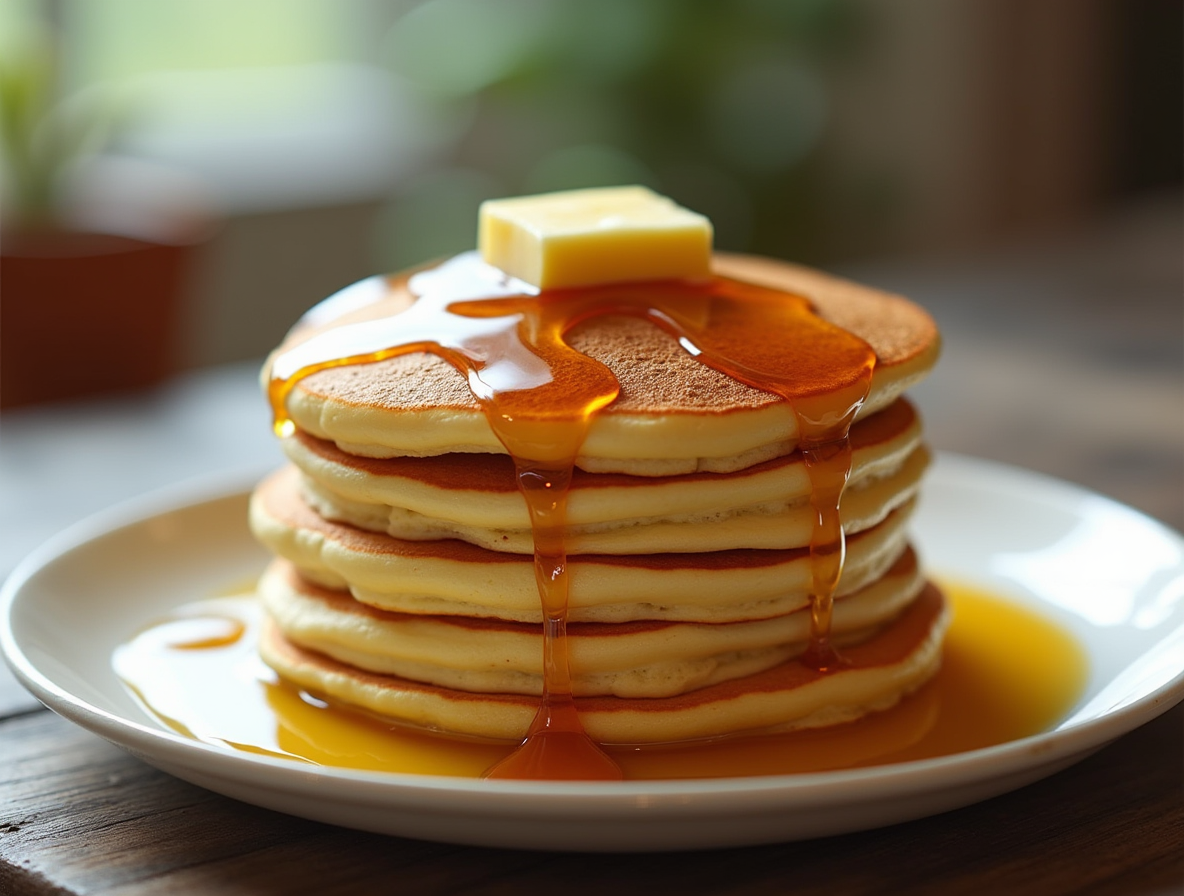
If you’re dreaming about thick, golden, and ultra-fluffy pancakes stacked high on your breakfast table, you’re in the right place. American Pancakes are a breakfast staple across the U.S.—pillowy-soft, slightly sweet, and perfect for soaking up syrup or topping with fresh fruit. Whether you’re craving a classic brunch plate or want to master the perfect pancake flip, this guide walks you through everything from ingredients to expert tips.
What Are American Pancakes? A Classic Breakfast Staple
The Signature Traits of American Pancakes
American pancakes stand out for one simple reason: fluffiness. Compared to crepes or thinner European-style pancakes, American pancakes are thick, cake-like, and packed with softness. This comes from a leavening agent—baking powder—which gives them height and airiness. While many cultures enjoy a version of pancakes, the American kind is usually sweet, often served in stacks of two or more, and generously topped.
Essential Ingredients for Perfect American Pancakes
When it comes to mastering American Pancakes, success starts with the right ingredients. Each component has a specific job—texture, flavor, moisture, and rise. Let’s break it down so your next batch turns out fluffy, flavorful, and fail-proof.
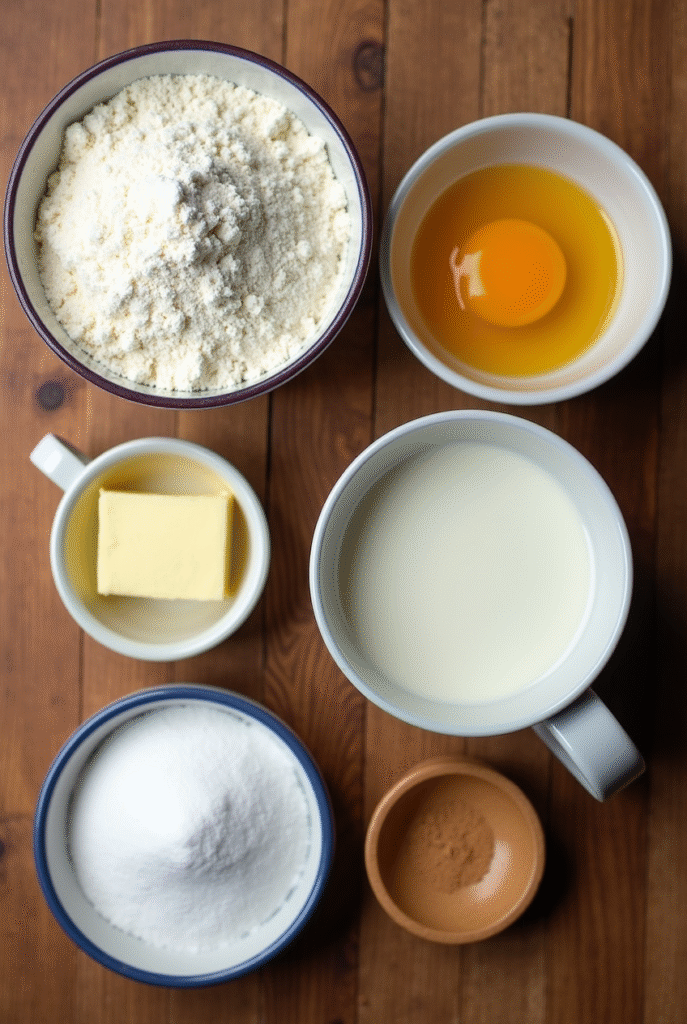
All-Purpose Flour: The Reliable Base
All-purpose flour gives structure to your pancakes. It’s versatile and neutral, making it the perfect base for both sweet and savory variations. If you’re going gluten-free, you can substitute with a 1-to-1 gluten-free flour blend—but keep in mind, the texture may vary slightly.
Baking Powder: The Secret to Fluffiness
This is the leavening agent that does the heavy lifting—literally. Baking powder creates tiny bubbles in the batter that expand under heat, giving pancakes their signature height and softness. Always use fresh baking powder, as expired powder is the top culprit for flat pancakes.
Sugar: Sweetness and Texture in Harmony
A tablespoon or two of granulated sugar not only adds subtle sweetness but also contributes to the golden-brown crust. You can adjust the amount depending on your taste or skip it for a sugar-free version. Want a twist? Try coconut sugar or maple syrup as alternatives.
Salt: The Underrated Flavor Enhancer
It might seem minor, but salt balances all the flavors and sharpens the taste of every bite. Just a pinch (around ¼ teaspoon) can make a major difference.
Milk: Creamy and Essential for Batter Consistency
Whole milk or 2% milk delivers the best results—creamy, rich, and consistent. But don’t worry if you’re dairy-free. Almond milk, oat milk, or soy milk all work well; just make sure to pick unsweetened versions if you want full control over flavor.
Melted Butter or Vegetable Oil: The Fat That Binds It All
Fat brings moisture and richness to pancakes. Melted unsalted butter adds a deliciously nutty undertone, while neutral oils like canola or sunflower keep the batter light and smooth. Avoid strongly flavored oils like olive oil here.
Egg: Tenderness, Structure, and Lift
A single large room temperature egg does triple duty: it adds moisture, binds the batter, and helps with fluffiness. Cold eggs can firm up the fat in your batter, so let the egg sit out for 15 minutes before using.
Flavor Boosters: Cinnamon & Vanilla (Optional but Delicious)
These aren’t required, but just a dash of cinnamon or a splash of vanilla extract can completely change the mood of your pancakes. They’re perfect for making your stack feel a little more special.
Discover great ideas like our Arroz Caldo – Filipino Chicken Rice Soup if you’re craving warm, comforting classics after breakfast.
Step-by-Step Instructions for Making Fluffy American Pancakes
Making the perfect American Pancakes isn’t about luck—it’s about method. Here’s a foolproof, step-by-step guide to help you get pancakes that are light, fluffy, golden, and mouthwatering every time.
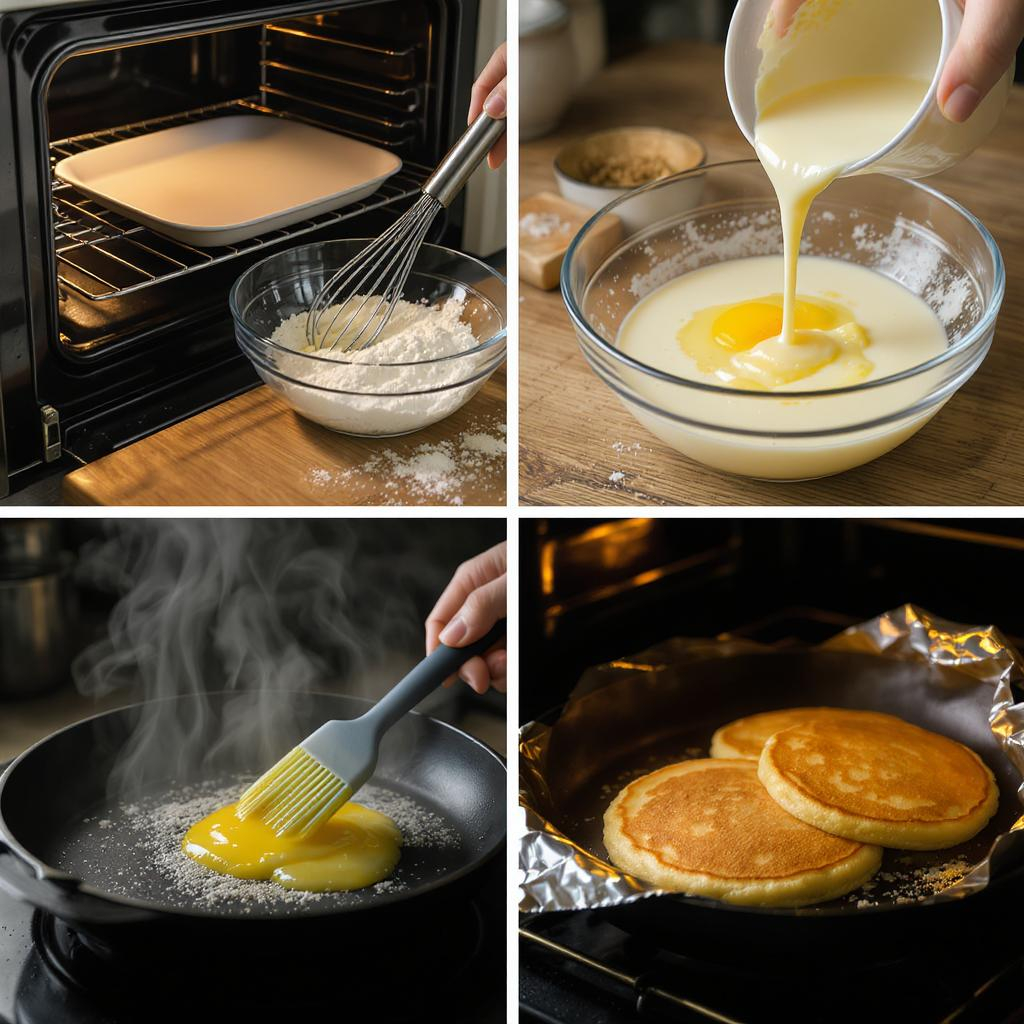
Step 1: Preheat Your Oven to Keep Pancakes Warm
Set your oven to 200°F (90°C) and place a heatproof platter inside. As you cook, you can keep your finished pancakes warm without drying them out. It’s a game changer when making a large batch.
Step 2: Combine the Dry Ingredients
In a small bowl, whisk together:
- 1 cup all-purpose flour
- 2 teaspoons baking powder
- 1 tablespoon sugar (optional)
- ¼ teaspoon salt
Whisking helps distribute the leavening evenly, ensuring consistent fluffiness.
Step 3: Whisk the Wet Ingredients Separately
In a medium bowl, combine:
- ¾ cup milk (whole or 2% preferred)
- 2 tablespoons melted butter (or neutral oil)
- 1 large egg (at room temperature)
Whisk until the mixture is smooth and fully blended. This mixture brings richness and moisture to the batter.
Step 4: Combine Wet and Dry – But Don’t Overmix
Pour the dry mixture into the wet ingredients. Stir gently using a spatula or wooden spoon. Stop as soon as the flour disappears—a few lumps are totally fine. Overmixing is the #1 mistake that leads to dense pancakes.
Step 5: Preheat and Grease Your Skillet or Griddle
Heat a large skillet or flat griddle over medium heat. Once hot, coat the surface generously with vegetable oil or nonstick spray. The batter should sizzle slightly when it hits the pan—if it doesn’t, your pan isn’t hot enough.
Step 6: Scoop, Cook, and Flip
Using a spoon or scoop, pour 2–3 tablespoons of batter per pancake onto the skillet. Leave space between each. Let cook for about 1 minute, until bubbles appear on the surface and the edges begin to look dry.
Flip with a thin spatula and cook another 1–2 minutes on the other side until golden brown.
Pro tip: Don’t press the pancakes down after flipping—that deflates them!
Step 7: Keep Warm While You Finish the Batch
Transfer each pancake to your warm oven plate. Cover loosely with foil to maintain moisture. Repeat until all the batter is used.
Step 8: Serve Hot with Your Favorite Toppings
Top with butter, maple syrup, fresh berries, or sliced bananas. Want a twist? Try peanut butter, whipped cream, or even chocolate chips.
Expert Tips for Fluffier Pancakes Every Time
If your pancakes ever turned out flat, rubbery, or uneven, you’re not alone. The truth is, achieving that restaurant-style fluffiness is more science than art. These expert-backed tips will help you unlock consistently light and airy American Pancakes at home.
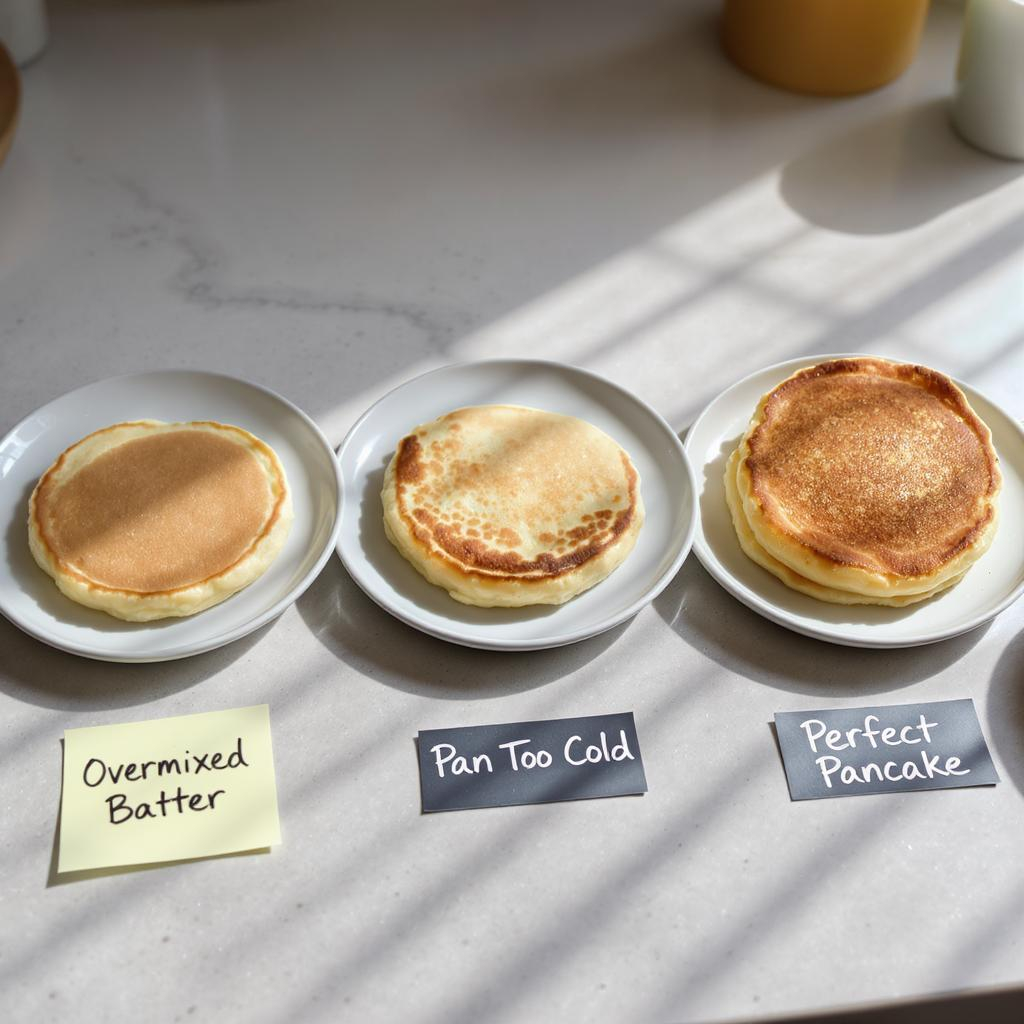
Use Room Temperature Ingredients
Cold eggs or milk can lead to uneven batter and reduced fluff. Bring your egg and milk to room temperature at least 15 minutes before mixing. This small step creates smoother batter and better rise.
Don’t Overmix the Batter
Seriously—put the whisk down once the dry streaks disappear. Overmixing develops gluten in the flour, which leads to tough, chewy pancakes. A few lumps are okay; they’ll cook out naturally on the griddle.
Let the Batter Rest
Give your pancake batter a 5–10 minute rest after mixing. This allows the baking powder to activate and the flour to fully hydrate. You’ll notice your batter slightly thickens—and your pancakes will puff up better on the skillet.
Watch the Heat: Medium Is Magic
A common mistake? Cooking on high heat. That scorches the outside before the inside cooks. Stick to medium heat and preheat the pan fully before pouring your first pancake. Test it by flicking a drop of water—it should sizzle gently, not explode.
Use the Right Oil or Butter
If your pancakes stick or come out too crispy, rethink your fat. Neutral oils like canola or sunflower work great for greasing the skillet. Want richer flavor? Add a dab of butter after pouring the batter—not before—so it doesn’t burn.
Flip Once—And Only Once
Flipping too early or too late ruins texture. Look for these signs to flip:
- Bubbles form and begin popping on the surface
- Edges start looking dry and set
- The spatula slides under easily
Flip gently and resist pressing down—flattening your pancakes releases steam and ruins fluff.
Use Fresh Baking Powder (Always)
Baking powder loses strength with age. If yours is more than six months old, test it: stir a teaspoon into hot water. If it fizzes instantly, it’s good. No fizz? Time to replace it.
Don’t miss our Cookies and Cream Ice Cream for the perfect dessert to follow your fluffy breakfast feast.
How to Store, Freeze, and Reheat Pancakes
Store leftover pancakes in an airtight container in the fridge for up to 2–3 days. To freeze, first lay them out in a single layer on a parchment-lined baking sheet and freeze until firm. Then, transfer them to a freezer-safe zip-top bag—this prevents them from sticking together. Alternatively, you can stack the pancakes with parchment paper between each one and wrap the stack in foil. When you’re ready to enjoy them, reheat straight from frozen by toasting or microwaving for 30 seconds to 1 minute.
Common Pancake FAQs
Every pancake lover eventually faces the same questions—how to get that fluff, that golden edge, that diner-style magic at home. These answers cover the most-searched questions about American Pancakes, using real kitchen know-how.
What is the secret to fluffy pancakes?
The real secret? Fresh baking powder, a light hand when mixing, and letting your batter rest. Overmixing is the main enemy of fluffiness—it activates gluten, making pancakes tough. And don’t skip the rest time; letting your batter sit for 5–10 minutes allows the leavening to activate and the flour to hydrate.
How to make fluffy and delicious pancakes?
Start with room temperature ingredients, especially your milk and eggs. Combine wet and dry ingredients gently—until just blended. Use a hot but not smoking skillet, and wait for bubbles to form on top before flipping. Top with warm syrup, berries, or a dab of butter while still hot for the best taste.
How do restaurants make their pancakes so fluffy?
Restaurants often use buttermilk, cake flour, or special pancake mixes that include double-acting baking powder. Their griddles are also evenly heated and well-seasoned. But the good news? You can replicate this at home with quality ingredients, consistent heat, and by not overworking the batter.
What is the difference between pancakes and American pancakes?
American pancakes are typically thicker, fluffier, and served in stacks, while “pancakes” in many other cultures (like the UK or France) are thinner, more like crêpes. The texture, leavening agent, and toppings vary significantly. American versions often include baking powder, whereas traditional European pancakes usually don’t.
Master the Art of Fluffy American Pancakes
With the right ingredients, smart techniques, and a few pro tips, American Pancakes go from basic breakfast to weekend legend. From their soft, fluffy interior to their golden, buttery exterior, these pancakes are easy to master and endlessly customizable. Whether you’re making them for a quiet weekday morning or a full brunch spread, the real joy is in stacking them high and watching the syrup cascade.
And when you’re ready to expand your breakfast repertoire?
For sweet and healthy alternatives, explore this viral favorite: Cottage Cheese Ice Cream.

